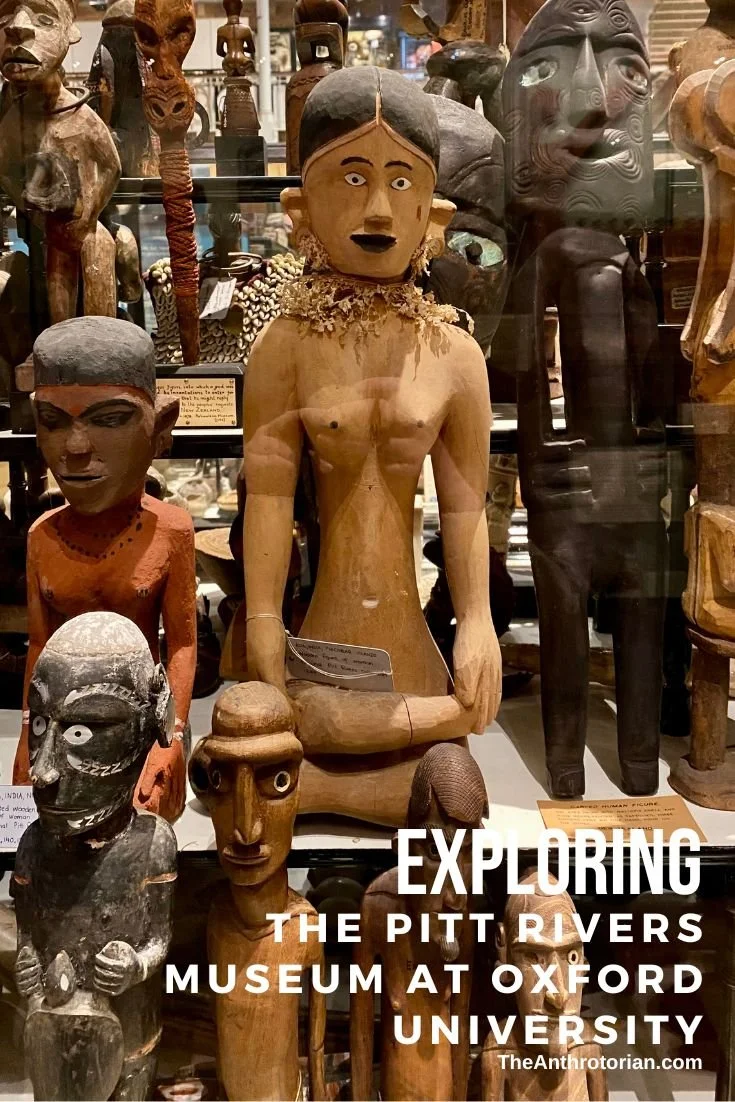The Chairmen Mao Memorial Hall sits in Tiananmen Square in Beijing, China. This mausoleum, built by workers using supplies from all over the country, is the final resting place of the body of the former leader of the country — Mao Zedong — who died in September of 1976.
After paying to check their bags and cameras safely away, visitors to the hall must pass through metal detectors before they are carefully divided into single file lines, and filtered matter-of-factly into the massive complex.
Just outside the entrance, a sign standing next to a woman selling flowers reminds visitors to remove their hats and to keep silent.
A narrow roped off pathway controls where visitors walk and guards wearing white gloves ensure that the lines of people move at a constant shuffle. Stopping is not allowed.
Mao’s mummified corpse lies in a crystal cabinet, his head slightly elevated with grey streaks in his hair. A red flag emblazoned with a hammer and sickle is draped over his body, and an eerie red spotlight lights his face. Beneath him, unseen to observers, is a refrigerator where he is lowered and stored at night, and where a wax replica of his body that is used for display when work is being done on the real one, is stored.
The whole experience lasts only minutes and before you know it, you are back in the square and the whole thing seems like some sort of weird dream.
Interestingly, Mao wanted to be cremated when he died but the Politburo went against these wishes instead preserving him the same way that other infamous Communists are. (The bodies of Lenin in Russia and Ho Chi Minh in Vietnam are on display in a similar fashion).
Recently joining the list of mummified rulers was Kim Jong-Il, the former leader of North Korea, who was embalmed and placed beside his father, Kim Il-Sung at Kumsusan Memorial Palace in Pyongyang.









